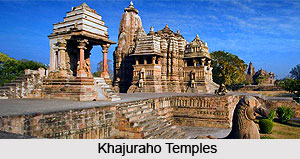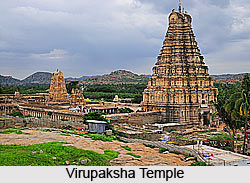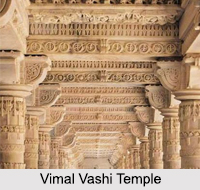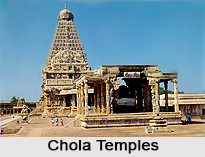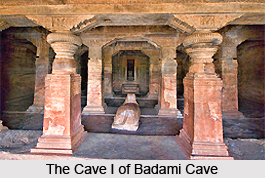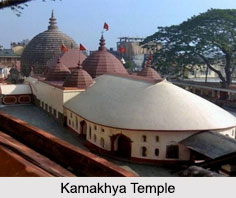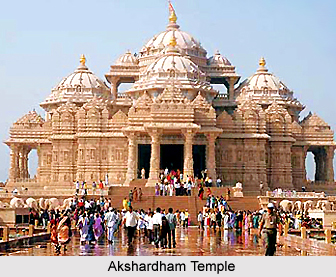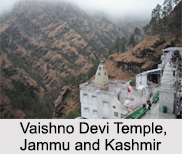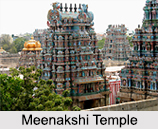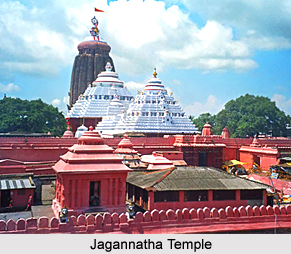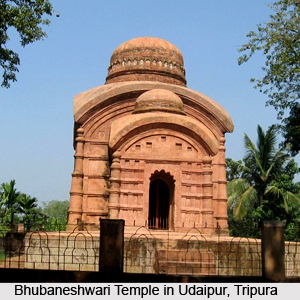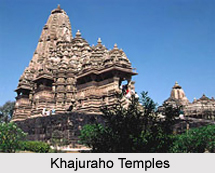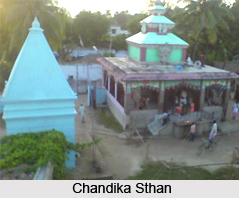 Chandika Sthan, one of the ancient Hindu Temples in Munger District of Bihar.
Chandika Sthan, one of the ancient Hindu Temples in Munger District of Bihar.
Chandika Sthan is one of the sixty-four Shakti Peethas, places of worship consecrated to the goddess Shakti. On the Northeast corner of Munger District, Chandika Sthan is just two kilometers away from the Munger town.
Chandika Sthan is a Siddhi-Peetha, Chandika Sthan is considered to be one of the most sacred and sanctified temples. According to Indian mythology, it was to save the world from the anger of Lord Shiva, as he took the corpse of Sati and began dancing in the Tandava Mudra. As a result of which the earth began to shake and the whole creation was about to destroy, Lord Vishnu managed to cut Sati"s corpse in 64 pieces by his Sudarshan Chakra.
The same legend says that the left eye of the Sati fell at Munger District, which subsequently developed in to a place of worship of the Goddess Chandi. Among the different Shakti peethas in India, Chandika Sthan is famous for the cure of eye troubles, as per the traditional belief of the local folklore.
In Mahabharata, Chandika Sthan is a place associated with King Karna, who was the king of Anga Kingdom. He used to worship Goddess Chandi every day and in turn the Goddess gave him 11/4 pounds (equivalent to 50 kilograms) of gold for distribution among the needy and downtrodden at Karanchaura, now a local name for the neighbourhood.
This article is a stub. You can enrich by adding more information to it. Send your Write Up to content@indianetzone.com.
